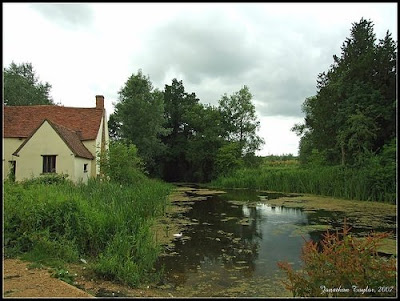Of what? Of cherry plums. What are they then?

So it stayed. And each year the blossom has been wonderful, sometimes as early as January but never later than the end of February. The blossom is white and because it comes so early I started to assume maybe it was some kind of almond tree.Then we started to get fruit, not many at first and often hard and green with a small stone. It didn’t really look like an almond and I never got very far in trying to find out what it was.

Here’s some ways to deal with your own fruit glut. I’d also recommend The River Cottage Preserves Handbook for good ideas.
My Legendary Fruit Vodka
Tips:
- If you haven’t got a large glass jar but have a glut of fruit you need to use up quickly then put everything a big non-reactive pan, cover and then track down a jar – it’ll be fine for the first few weeks in a pan.
- You can use gin instead of vodka but remember gin already contains its own aromatics so you’ll get a different flavour. Sloes and damsons work particularly well with gin.
- If the fruit is quite hard then you need to break the skin to allow the flavours to mix – I do this by putting the fruit in a large freezer bag and bashing it a bit with the rolling pin. If you’ve stoned the fruit (or its a soft fruit) then there’s no need to do this.
- You might want to strain through muslin or even a coffee filter before bottling if you want a really clear result. If you don’t mind sediment there’s no need to bother.
- Be wise whom you share the vodka with; once people have tried some they’ll always be angling for another bottle.
Plum Pickle (adapted from a series of Tweets by Weezos)
1ltr wine vinegar
500g sugar
100g salt
spices of your choice
Stone the plums and place them in bowl sprinkling salt over each layer as you go. Leave for 12-24 hours.
Sterilise glass jars in an oven for 10 minutes at R2/150C and leave to cool.
Bring the vinegar, sugar and spices to the boil and simmer for 5 minutes. Allow to cool.
Rinse the salt from the plums and pack in jars. Cover with pickling vinegar.
Seal and allow to mature for a minimum of two weeks (longer is better) in a cool place.
Good with terrines and game dishes.
Spiced Plum Chutney (thanks to TheAmpleCook)
This recipe is from Delia Smith.
3lb plums
1lb apples
3 onions
3 cloves garlic
2 heaped tsp ginger
1lb seedless raisins
1lb soft dark sugar
1lb Demerara sugar
1 pint vinegar (recipe says malt I used cider)
2 tbsp salt
2 cinnamon sticks
1oz allspice berries
1 dsp whole cloves
large non-reactive pan
6 jars
Note: you can adapt the spices to a mix of your favourites but you need roughly the same quantity, for example I had a smoked chilli in mine, and coriander because I like them.
Put the spices in a muslin square and tie it tightly with string.
Stone the plums, finely chop the apples (cored but leave on the skins), finely chop the onions and put them all in a large pan.
Crush the garlic and add it, the raisins, ginger, sugars and vinegar to the pan. Sprinkle in the salt and stir well.
Suspend the whole spices in their ‘bag’ into the pan and tie to the handle for easy removal later.
Bring to the boil and then simmer pour about 3 hours until the vinegar has almost disappeared and you have a thick, soft chutney. Remember to stir occasionally to prevent sticking.
Sterilise the jars and fill whilst both they and the chutney are still warm.
Leave to mature in a cool place for a minimum of 3 months.
 fairly runny, some very thick. They all taste good but the texture and richness varies quite widely depending on the amount of butter and also egg yolks (some recipes use whole eggs some use a mix and some use only yolks). So there’s quite a lot of choices in picking a recipe.
fairly runny, some very thick. They all taste good but the texture and richness varies quite widely depending on the amount of butter and also egg yolks (some recipes use whole eggs some use a mix and some use only yolks). So there’s quite a lot of choices in picking a recipe.